2000 Chevrolet Blazer Brake Rotors and Pads
Click here to search another vehicle
All Rotors:
OEM x
Coated x
Drilled, Slotted and Coated x
Front x
Rear x
All Pads:
Ceramic x
Semi-metallic x
Front x
Rear x
Found 13 record
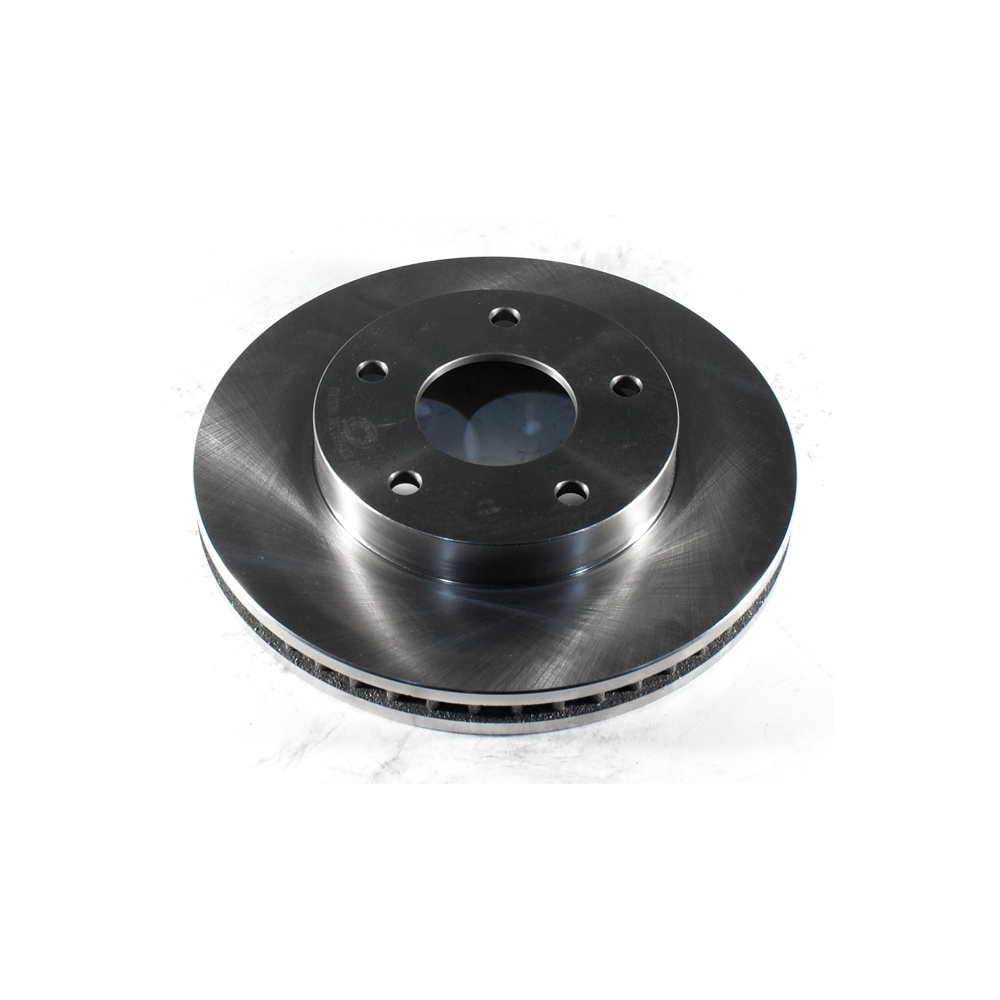
Part No: BR55047
Raybestos: 56694
OE: 18060691
Raybestos: 56694
OE: 18060691
$29.74 each
Per Car QTY: 2
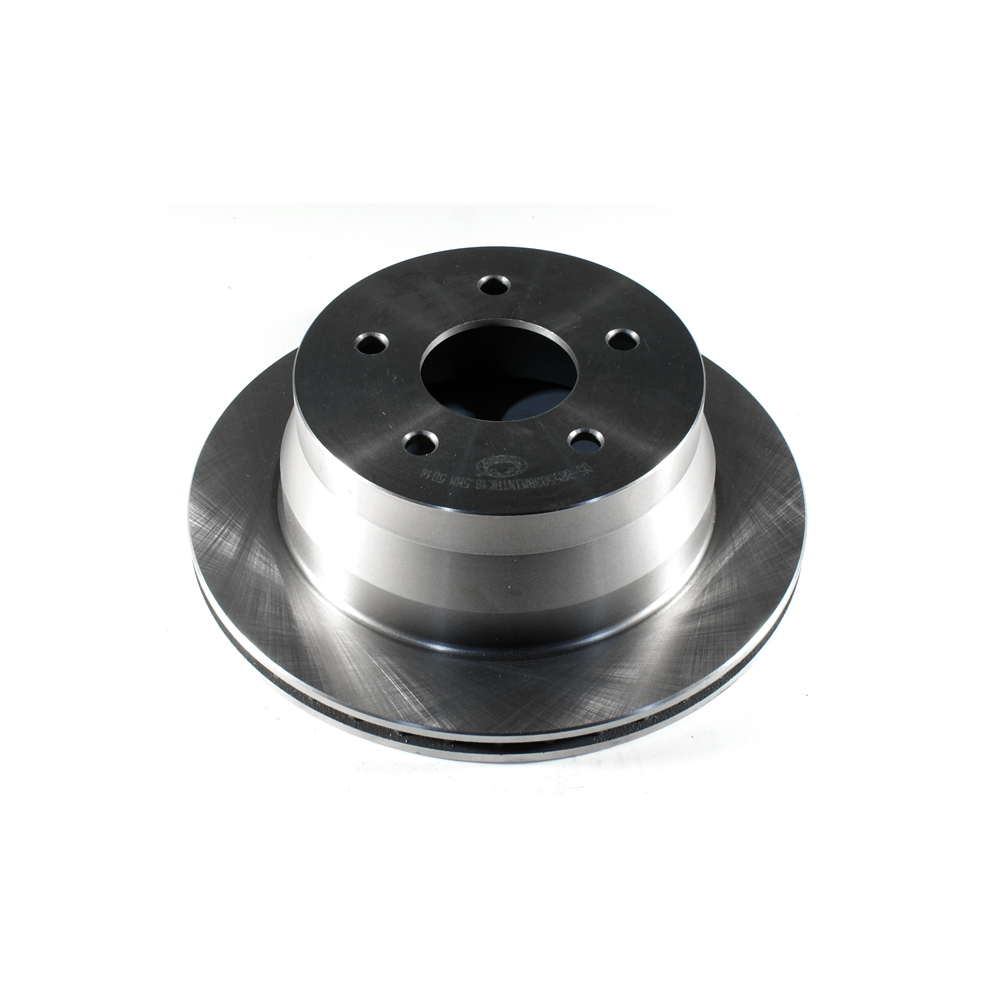
Part No: BR55038
Raybestos: 56707
OE: 15704667
Raybestos: 56707
OE: 15704667
$33.16 each
Per Car QTY: 2
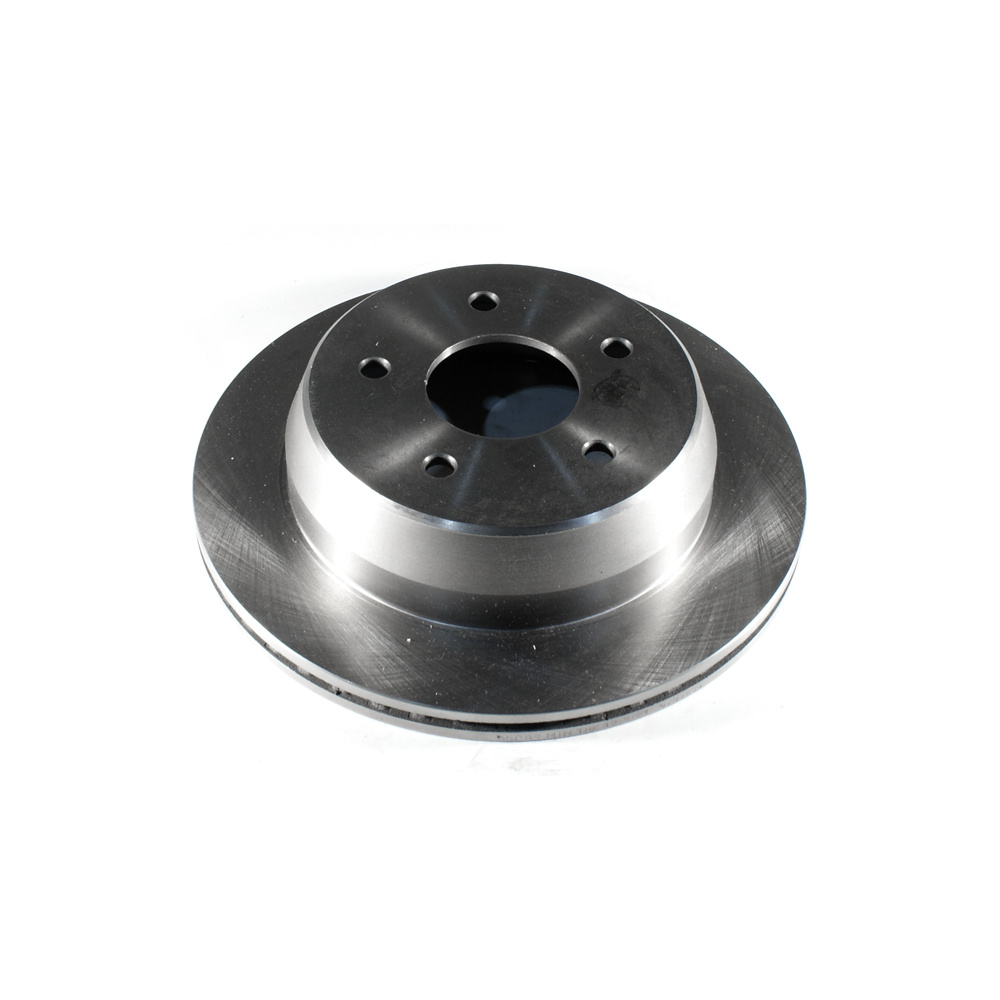
Part No: BR55049
Raybestos: 56725
OE: 15733196
Raybestos: 56725
OE: 15733196
$28.6 each
Per Car QTY: 2

Part No: PP55047
Raybestos: 56694
OE: 18060691
Raybestos: 56694
OE: 18060691
$42.21 each
Per Car QTY: 2
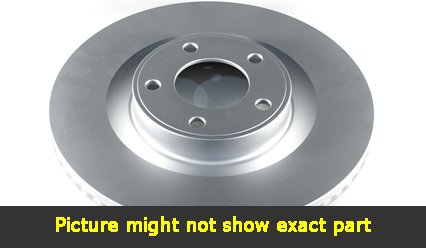
Part No: PP55038
Raybestos: 56707
OE: 15704667
Raybestos: 56707
OE: 15704667
$47.07 each
Per Car QTY: 2
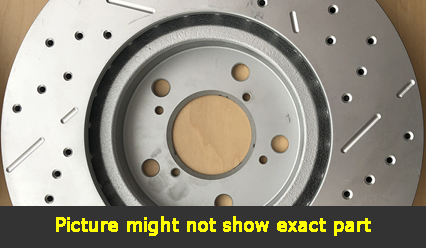
Part No: SP55047L
Raybestos: 56694
OE: 18060691
Raybestos: 56694
OE: 18060691
$74.61 each
Per Car QTY: 1
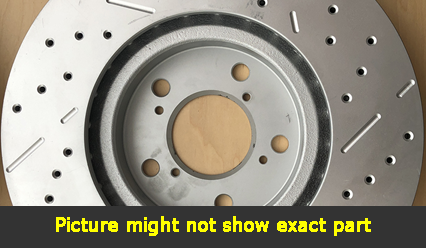
Part No: SP55047R
Raybestos: 56694
OE: 18060691
Raybestos: 56694
OE: 18060691
$74.61 each
Per Car QTY: 1

Part No: SP55038L
Raybestos: 56707
OE: 15704667
Raybestos: 56707
OE: 15704667
$79.47 each
Per Car QTY: 1
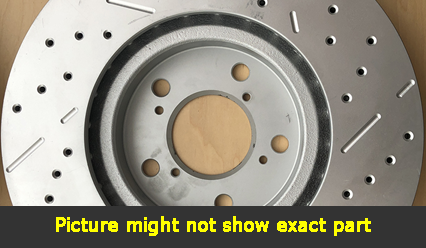
Part No: SP55038R
Raybestos: 56707
OE: 15704667
Raybestos: 56707
OE: 15704667
$79.47 each
Per Car QTY: 1
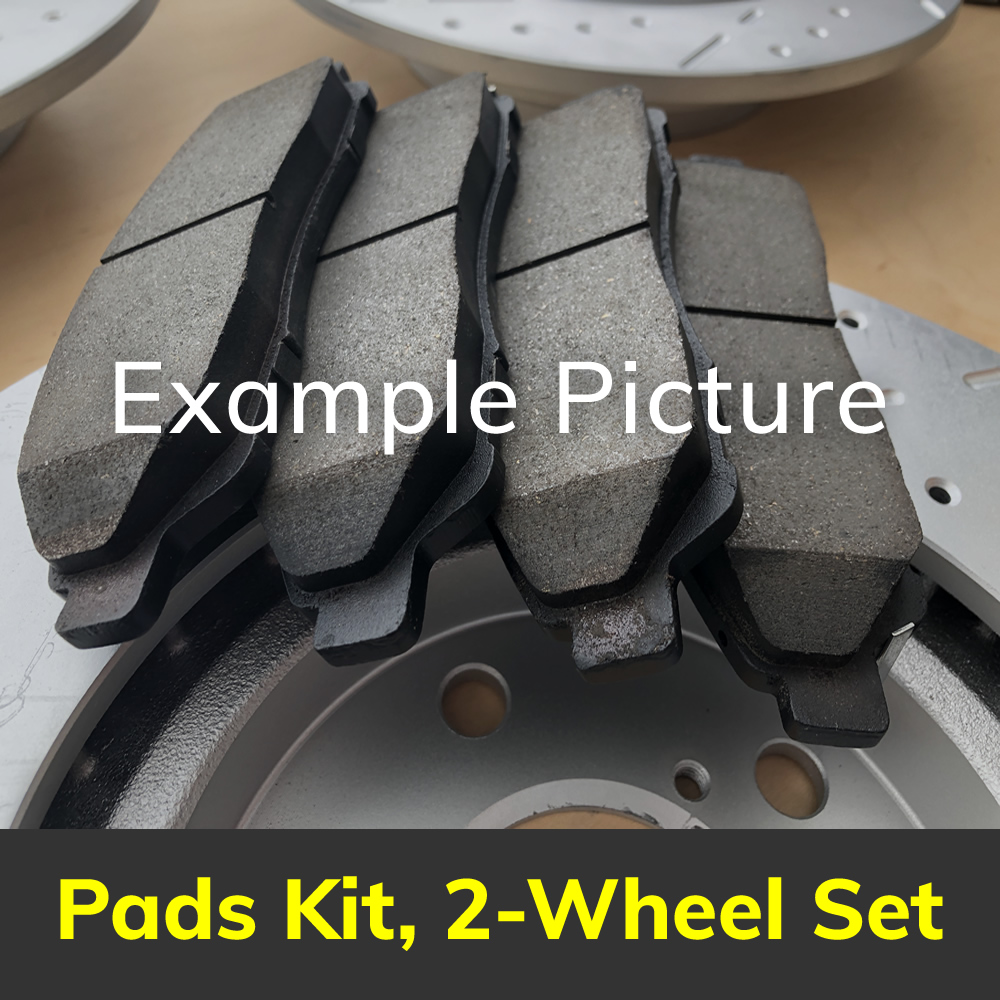
Part No: PD726C
Raybestos: 726
OE:
Raybestos: 726
OE:
$32.53 each
Per Car QTY: 1
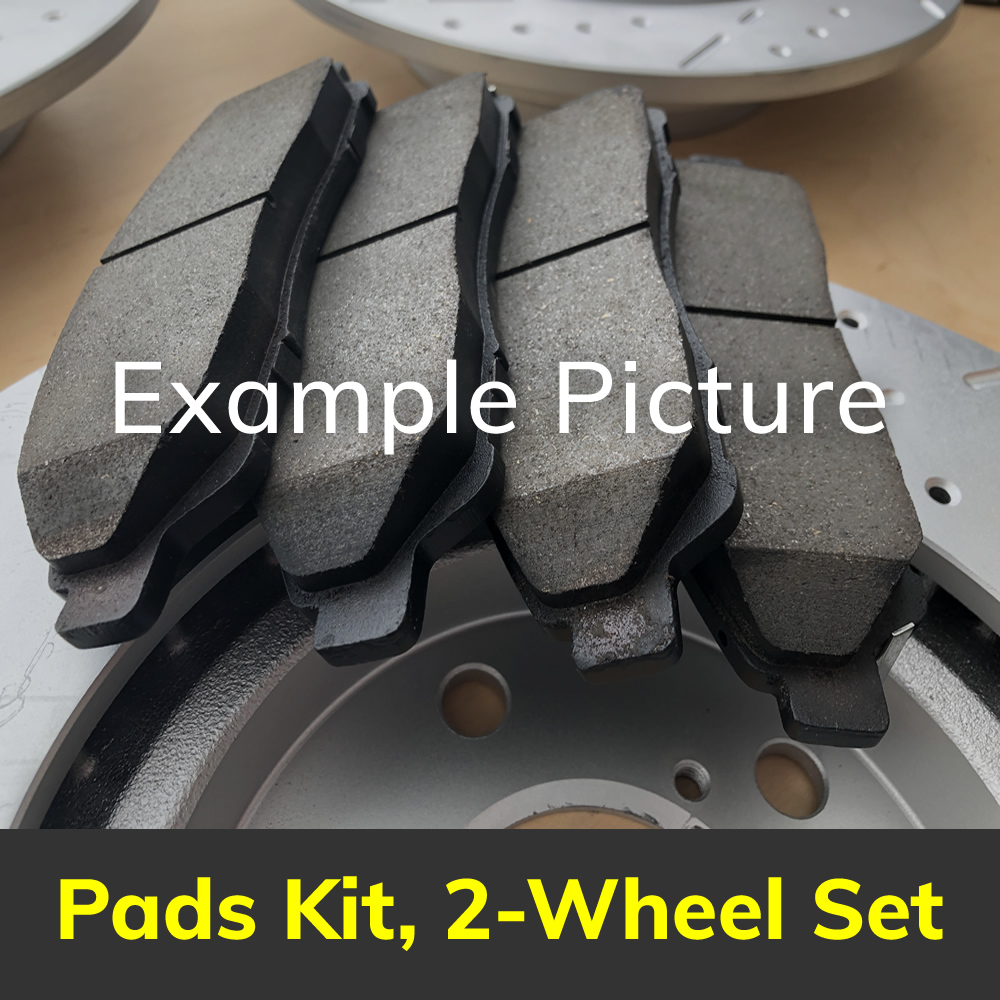
Part No: PD729C
Raybestos: 729
OE:
Raybestos: 729
OE:
$29.75 each
Per Car QTY: 1
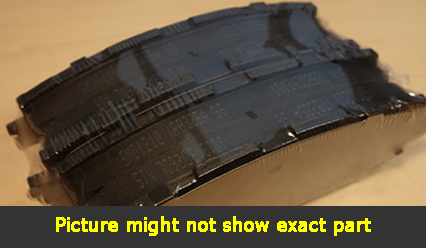
Part No: SMD726
Raybestos:
OE:
Raybestos:
OE:
$23.18 each
Per Car QTY: 1
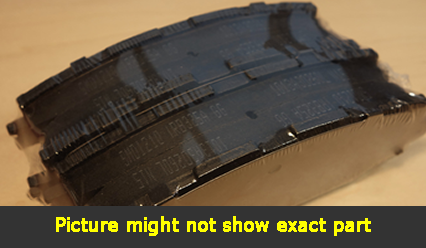
Part No: SMD729
Raybestos:
OE:
Raybestos:
OE:
$20.16 each
Per Car QTY: 1
The braking system is an integral part of any vehicle, and the 2000 Chevrolet Blazer is no exception. Knowing how the brakes work and understanding their maintenance requirements is essential for maintaining your vehicle's safety on the road. In this article, we will explore the brake system of the 2000 Chevrolet Blazer and provide some insights on how to take care of them.
The braking system of the 2000 Chevrolet Blazer consists of several components working together to ensure safe and efficient stopping power. These include the brake pedal, brake booster, master cylinder, brake lines, calipers, rotors, brake pads, and the parking brake.
When the driver presses the brake pedal, hydraulic pressure is generated by the brake booster and transmitted through the brake lines to the calipers. The calipers squeeze the brake pads against the rotors, creating friction that ultimately slows down or stops the vehicle.
One crucial aspect of maintaining a healthy braking system is regular inspection. Visual inspections should be performed frequently to ensure the brake lines are not leaking, and the brake pads and rotors are in good condition. Brake pads have a wear indicator that can be easily checked to determine if replacement is necessary. When the pad thickness reaches a minimum level, it is advisable to have them replaced promptly.
Another essential component to check periodically is the brake fluid. Over time, brake fluid absorbs moisture, reducing its effectiveness and potentially causing corrosion within the system. Brake fluid should be inspected regularly, and if it appears dirty or discolored, it should be flushed and replaced.
Replacing the brake pads and rotors is a standard maintenance task for any vehicle, and the 2000 Chevrolet Blazer is no different. It is recommended to have them inspected annually or whenever signs of wear, such as noise or reduced braking performance, are noticed. Rotors should be measured for thickness, and if close to the minimum specification or warped, replacement is necessary. Brake pads, as mentioned earlier, should be replaced when the wear indicator is triggered or when they become excessively worn.
In addition to regular inspections and maintenance, it is important to drive with care and avoid any aggressive driving habits that may accelerate brake wear. Smooth and gradual braking reduces stress on the braking system, promotes even wear on the pads and rotors, and extends their overall lifespan.
Lastly, don't forget about the parking brake. The parking brake plays an essential role in keeping your vehicle stationary when parked. Regular usage of the parking brake helps prevent its components from seizing or corroding, ensuring it remains functional when needed.
In conclusion, the braking system of the 2000 Chevrolet Blazer is a critical safety feature that requires proper maintenance and care. Regular inspections, timely replacement of brake pads and rotors, and adherence to safe driving practices all contribute to a reliable and effective braking system. By staying proactive and attentive, you can ensure the safety and longevity of your Chevrolet Blazer's brakes, providing peace of mind on the road.
The braking system of the 2000 Chevrolet Blazer consists of several components working together to ensure safe and efficient stopping power. These include the brake pedal, brake booster, master cylinder, brake lines, calipers, rotors, brake pads, and the parking brake.
When the driver presses the brake pedal, hydraulic pressure is generated by the brake booster and transmitted through the brake lines to the calipers. The calipers squeeze the brake pads against the rotors, creating friction that ultimately slows down or stops the vehicle.
One crucial aspect of maintaining a healthy braking system is regular inspection. Visual inspections should be performed frequently to ensure the brake lines are not leaking, and the brake pads and rotors are in good condition. Brake pads have a wear indicator that can be easily checked to determine if replacement is necessary. When the pad thickness reaches a minimum level, it is advisable to have them replaced promptly.
Another essential component to check periodically is the brake fluid. Over time, brake fluid absorbs moisture, reducing its effectiveness and potentially causing corrosion within the system. Brake fluid should be inspected regularly, and if it appears dirty or discolored, it should be flushed and replaced.
Replacing the brake pads and rotors is a standard maintenance task for any vehicle, and the 2000 Chevrolet Blazer is no different. It is recommended to have them inspected annually or whenever signs of wear, such as noise or reduced braking performance, are noticed. Rotors should be measured for thickness, and if close to the minimum specification or warped, replacement is necessary. Brake pads, as mentioned earlier, should be replaced when the wear indicator is triggered or when they become excessively worn.
In addition to regular inspections and maintenance, it is important to drive with care and avoid any aggressive driving habits that may accelerate brake wear. Smooth and gradual braking reduces stress on the braking system, promotes even wear on the pads and rotors, and extends their overall lifespan.
Lastly, don't forget about the parking brake. The parking brake plays an essential role in keeping your vehicle stationary when parked. Regular usage of the parking brake helps prevent its components from seizing or corroding, ensuring it remains functional when needed.
In conclusion, the braking system of the 2000 Chevrolet Blazer is a critical safety feature that requires proper maintenance and care. Regular inspections, timely replacement of brake pads and rotors, and adherence to safe driving practices all contribute to a reliable and effective braking system. By staying proactive and attentive, you can ensure the safety and longevity of your Chevrolet Blazer's brakes, providing peace of mind on the road.


